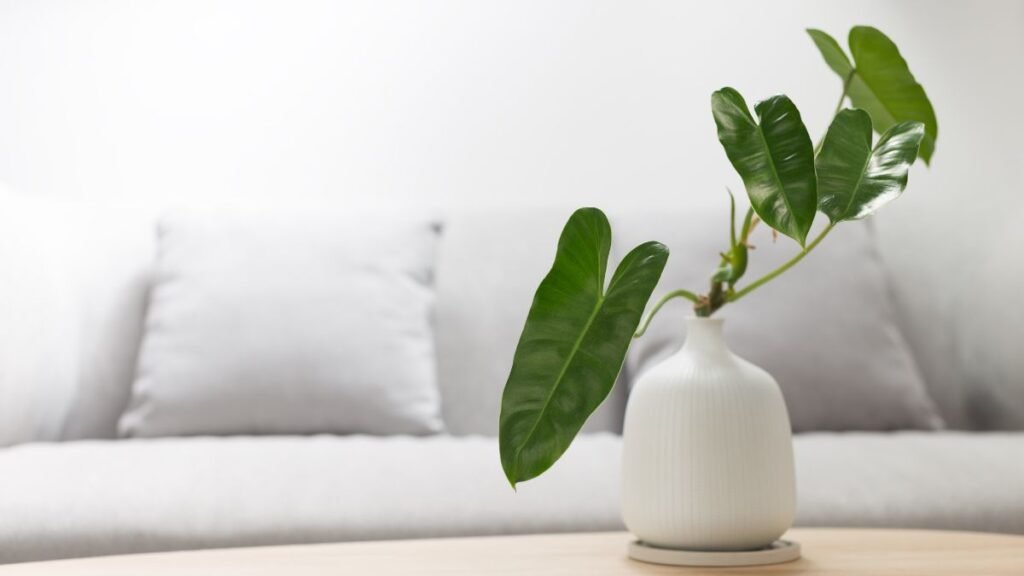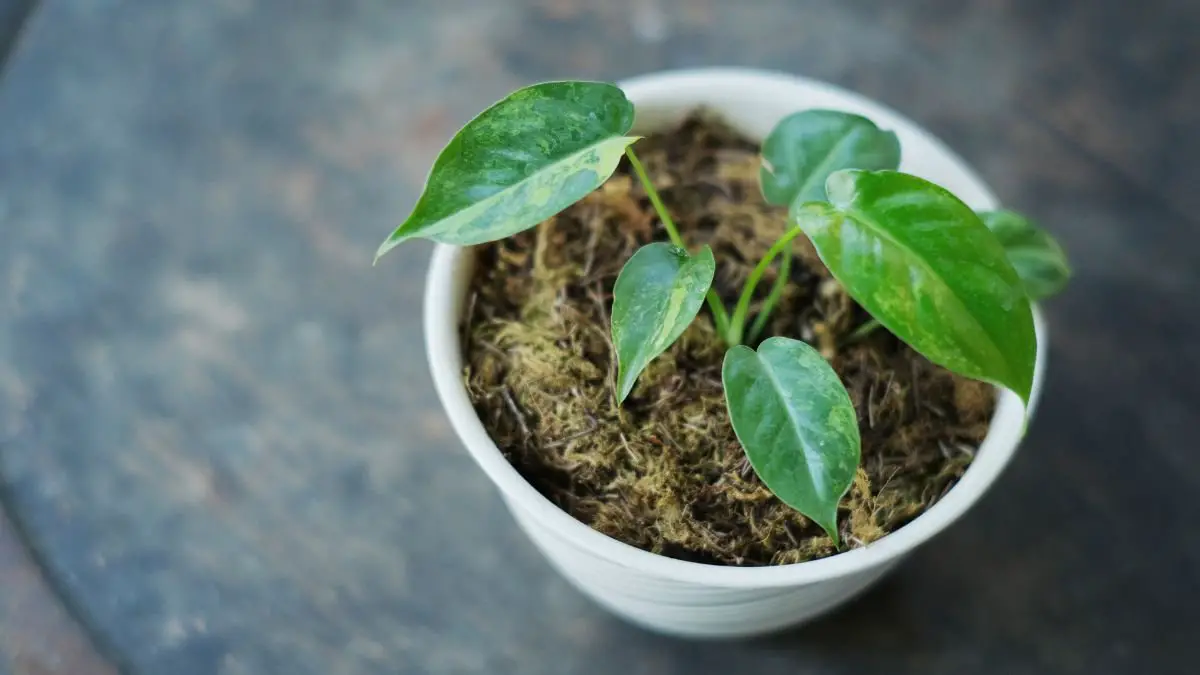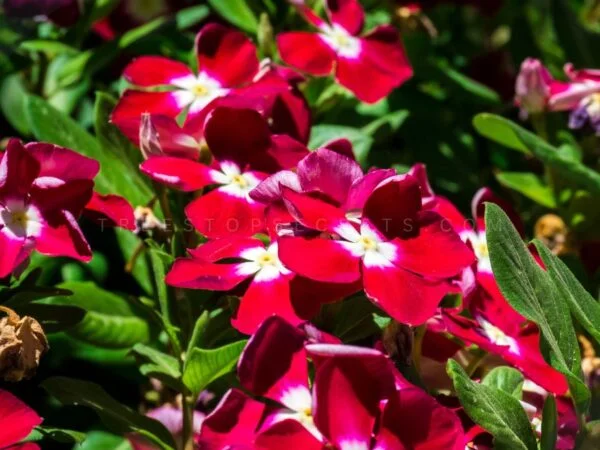Discover the lush world of Burle Marx plants, where vibrant foliage contrasts with serene landscapes. From bold patterns to delicate textures, these houseplants offer a striking visual feast for any garden or indoor space. Embrace the unique beauty of Burle Marx plants and elevate your surroundings with their exotic allure. Whether you seek a tropical oasis or a modern botanical touch, these plants effortlessly blend artistry with nature to create an enchanting ambiance.
Key Takeaways
- Regularly check the soil moisture to ensure it's not too dry or waterlogged, as proper watering is crucial for Burle Marx Philodendron health.
- Provide sufficient indirect sunlight and maintain a warm, humid environment to mimic the plant's natural habitat and promote growth.
- Prune your plant regularly to encourage new growth and maintain its shape, ensuring a healthy and vibrant Burle Marx Philodendron.
- Monitor for common issues like yellowing leaves or pests, and take prompt action to address these problems before they escalate.
- Create a safe space for your Burle Marx Philodendron by keeping it away from pets and children, as some plants can be toxic if ingested.
- Experiment with propagation methods such as stem cuttings or division to expand your plant collection and share the beauty of Burle Marx Philodendron with others.
Getting to Know Burle Marx Philodendron

Overview
Burle Marx Philodendron, named after Roberto Burle Marx, hails from Central America and the Caribbean. Philodendron imbe ‘Burle Marx’ is another moniker for this unique plant.
Growth Size
The Burle Marx Philodendron boasts a steady growth rate, reaching up to two feet in height and four feet in width indoors. During active seasons, it can grow 2 to 4 inches per week.
Common Names
This plant goes by various names, including Philodendron burle-marxii G.M.Barroso. These names are linked to its origins and distinctive characteristics.
Essential Care for Burle Marx Philodendron
Watering Needs
Burle Marx plants thrive when not over-watered, as excessive moisture can lead to root rot. It's crucial to let the soil dry out between watering sessions to prevent waterlogged conditions. During the growing season in spring and summer, water the plant thoroughly but allow the top inch of soil to dry before watering again. In contrast, reduce watering frequency in fall and winter when growth slows down.
Light Requirements
Burle Marx Philodendrons prefer well-lit spaces with natural sunlight streaming in. They can also adapt to medium to low light conditions, although their growth may slow down. Natural sunlight plays a vital role in the plant's photosynthesis process, promoting healthy leaf development and vibrant colors. Ensure your plant receives adequate sunlight exposure for optimal growth.
Temperature and Humidity
Maintain indoor temperatures for Burle Marx plants within the range of 60-75°F to mimic their native tropical environments. High humidity levels around 80% are ideal for these plants, replicating the conditions of their natural habitat. Avoid exposing them to extreme cold temperatures below 50°F, as it can cause damage such as browning of leaves or stunted growth.
Advanced Plant Care Tips
Selecting the Right Pot
When it comes to houseplant care, selecting the right pot is crucial for the Burle Marx Philodendron. The pot should have drainage holes to prevent waterlogging, promoting healthy root growth. Consider the size of the pot as well; it should provide ample space for the plant's roots to spread out comfortably. Opt for a pot that matches the plant's size and growth rate. A key factor to remember is using a well-draining potting mix, ensuring proper aeration and moisture control for optimal plant health.
Pruning Techniques
Pruning plays a vital role in maintaining the shape and height of your Burle Marx Philodendron. Regular pruning helps remove dead or overgrown parts, promoting new growth and overall plant health. When pruning, focus on removing damaged or diseased leaves, as well as any leggy or overcrowded stems. Use sharp, clean scissors or shears to make precise cuts without causing unnecessary stress to the plant. By pruning regularly, you encourage bushier growth and prevent issues like pest infestations or diseases from spreading.
Troubleshooting Common Issues
Yellow Leaves
Yellow leaves on burle marx plants are often a cause for concern among plant owners. It's essential to understand that yellowing or falling leaves in the initial days after bringing the plant home is a natural process as it adjusts to its new environment. This adaptation period is crucial for the plant's overall health and growth.
Drooping Leaves
Drooping leaves can indicate various issues such as overwatering, underwatering, or poor lighting conditions. To prevent and address drooping leaves, ensure your burle marx plant is receiving adequate sunlight, water, and proper drainage. Maintaining a consistent care routine is vital for the plant's well-being.
Pests and Diseases
Common pests that affect burle marx plants include thrips and mealybugs. Symptoms of pest infestations may include visible bugs, sticky residue on leaves, or yellow spots. For effective pest control, consider using neem oil or insecticidal soap while ensuring proper ventilation and humidity levels.
Safe Environment for Everyone
Toxicity Concerns
Burle Marx plants, popular for their vibrant foliage, pose toxicity risks if ingested. The plant contains calcium oxalate crystals, causing irritation and discomfort when consumed. These crystals can lead to serious health issues for both humans and pets.
- Presence of calcium oxalate crystals
- Potential harm to humans and pets
Ingesting parts of the Burle Marx plant can result in oral irritation, swelling, and pain. The toxins present in the plant's leaves and stems can cause digestive disturbances when consumed, leading to vomiting and diarrhea in pets.
The toxic effects of the Burle Marx plant extend beyond ingestion. Contact with skin may also cause irritation, redness, and discomfort due to the presence of calcium oxalate crystals. It is crucial to handle these plants with care to avoid any adverse reactions.
- Oral irritation, swelling, and pain
- Digestive disturbances such as vomiting and diarrhea
- Skin irritation, redness, and discomfort
Pet owners should be cautious when introducing Burle Marx plants into their homes. Keeping them out of reach of curious pets is essential to prevent accidental ingestion or contact. In case of exposure or consumption, immediate veterinary assistance is recommended to address any potential health concerns.
Propagation Guide
Step-by-Step Propagation
To propagate Burle Marx plants, begin by selecting a healthy mother plant with well-established roots. Next, gather sharp scissors or pruning shears for cutting. Then, identify a node on the stem where a leaf is attached.
When propagating, make a clean cut just below the node using your tools. Afterward, place the cutting in water or soil to encourage root growth. Remember to change the water regularly if using this method.
For successful propagation, ensure the cutting has at least one leaf and node. Additionally, provide indirect sunlight and maintain humidity levels around 60-70%. Avoid direct sunlight to prevent stress on the cutting.
Tips for Success:
- Keep the soil consistently moist but not waterlogged.
- Use a rooting hormone to stimulate faster root development.
- Monitor for pests and diseases during the propagation process.
Frequently Asked Questions
Watering Queries
When caring for Burle Marx plants, ensure the soil is moist but not waterlogged. Overwatering can lead to root rot.
To prevent overwatering, water your plant only when the top inch of the soil feels dry to the touch. This helps maintain optimal soil moisture levels.
Adjust watering schedules based on environmental factors like humidity and temperature. In warmer months, you may need to water more frequently.
Light Preferences
Burle Marx plants thrive in bright, indirect light. Direct sun exposure can scorch their leaves, so place them in a spot with filtered sunlight.
Insufficient light can slow down growth and impact overall health. Ensure your plant receives at least 6 hours of indirect light daily for optimal growth.
Consider placing your Burle Marx plant near a window with sheer curtains or using artificial grow lights to supplement natural light.
Growth Concerns
If your Burle Marx plant is showing signs of stunted growth, check for issues like root-bound conditions or inadequate nutrients in the soil.
Factors such as overcrowding, poor drainage, or pests can hinder the plant's growth. Address these issues promptly to encourage healthy development.
To promote healthy growth, repot your plant into a larger container if it has outgrown its current pot. Use a well-draining soil mix rich in nutrients.
Summary
You've now gained valuable insights into caring for your Burle Marx Philodendron, from basic care to troubleshooting common issues and propagation. By following these tips, you can ensure your plant thrives in a safe environment. Remember to provide adequate light, water, and nutrients, and keep an eye out for any signs of distress. If issues arise, refer back to the troubleshooting section for guidance. Sharing your newfound knowledge with fellow plant enthusiasts can also help create a supportive community where everyone benefits from each other's experiences. Keep learning and growing your plant care skills to enjoy a lush and vibrant Burle Marx Philodendron in your home.
Frequently Asked Questions
What are the key features of Burle Marx Philodendron?
Burle Marx Philodendron is known for its large, glossy leaves with unique patterns, making it a striking addition to any indoor space. It thrives in bright, indirect light and requires minimal maintenance.
How often should I water my Burle Marx Philodendron?
Water your Burle Marx Philodendron when the top inch of soil feels dry to the touch. Ensure proper drainage to prevent overwatering, which can lead to root rot.
Can I place my Burle Marx Philodendron in direct sunlight?
Avoid exposing your Burle Marx Philodendron to direct sunlight as it can scorch the leaves. Opt for bright, indirect light to maintain the plant's health and vibrant appearance.
How do I propagate Burle Marx Philodendron?
You can easily propagate Burle Marx Philodendron through stem cuttings. Simply cut a healthy stem below a leaf node and place it in water or moist soil until roots develop.
What are common issues that may affect my Burle Marx Philodendron?
Watch out for yellowing leaves, which could indicate overwatering, or brown tips, signaling underwatering. Pests like spider mites can also be a concern - inspect your plant regularly for any signs of infestation.
Image Source: Paid image from CANVA



